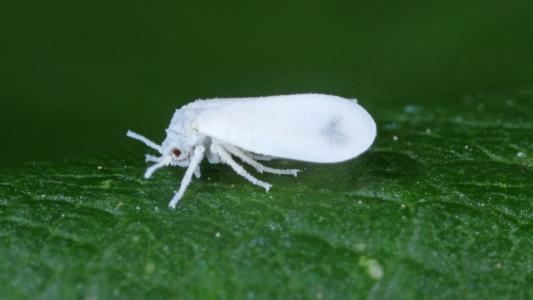In Ibera National Park, a swampy grassland in northern Argentina lives a mysterious group of songbirds, called southern capuchino seedeaters.
The group is comprised of 10 different species, nearly identical in behavior and appearance. They could breed, but they don’t — a longstanding mystery for evolutionary biologists.
Now, with the help of the songbirds, a recent study has unraveled a strange evolutionary process called “sympatric speciation.”
What Is Speciation?
Speciation is the process by which one species splits into two or more. There are many types of speciation, but typically, speciation occurs because members of a population are physically separated from each other and therefore don’t mate for a long time.
The population could be separated by a geographic barrier, like a river or mountain range. If they are separated long enough, they will eventually evolve into distinct species, either by adapting to their different environments or simply through genetic drift. Their behaviors and genetics diverge until they can no longer mate.
For example, humans diverged from our primate ancestors about 5 to 8 million years ago. More recently, the bonobo split from common chimpanzees, possibly when the Congo River shifted and cut off the two populations of chimps. And, famously, the many species of Galapagos finches Darwin observed had each evolved to adapt to the environment of their own island.
But much harder to explain is “sympatric speciation” or side-by-side speciation, which occurs when there is no physical barrier separating populations — such as in the case of the southern capuchino seedeaters.
Sympatric Speciation Defies the Odds
In the past million years, the southern capuchino seedeaters seemed to defy the odds by evolving rapidly from one species into at least 10 separate species.
All 10 species live and breed in the same area and eat the same foods. They are also nearly indistinguishable from each other. Over time, the birds evolved tiny genetic differences that lead to the males having unique plumage patterns and songs, reports Forbes.
This provided an opportunity for researchers to unravel the mysteries of sympatric speciation.
Evolutionary biologists Leonardo Campagna and Sheela Turbek, from Cornell University and the University of Colorado respectively, took to the task.
“This study is one of surprisingly few that compellingly document sympatric speciation caught in the act (in vertebrates),” Martha Muñoz, an evolutionary biologist at Yale University who was not involved with the work, told Science.
The duo took a close look at two tawny-bellied capuchino seedeaters (Sporophila iberaensis and S. hypoxantha). Both species live in the same part of the Ibera National Park. The females are indistinguishable, but the males have either a sand-colored belly and black throat or red belly and throat. And they sing a slightly different tune.
The researchers tagged 252 birds and tracked their activities. Then, they sampled DNA from the 80 chicks the birds hatched. Using genetic analysis, published in Science, they found that the species do not interbreed, suggesting that speciation occurred because females prefer a particular male song and color.
Taking a closer look at their genes, the team found just three gene regions that distinguish them — a total of just 12 genes.
But those tiny differences in genes, songs, and color were enough to cause some females to prefer one color over the other, creating a sense of the groups being “isolated” in place.
Interestingly, rather than the two variations competing with each other until one won out over the whole population, they simply diverged into two overlapping species.
“Differences in song and plumage alone may be sufficient to maintain species boundaries extremely early in divergence,” Turbek told Science.
“Ornithologists have known for a long time that song and plumage are important” for separating species, Harvard University evolutionary biologist Scott Edwards told Science. “This paper shows how these traits are realized at the genomic level,” and that is “quite impressive.”
We’d love to hear from you! If you have a comment about this article or if you have a tip for a future Freethink story, please email us at tips@freethink.com.
